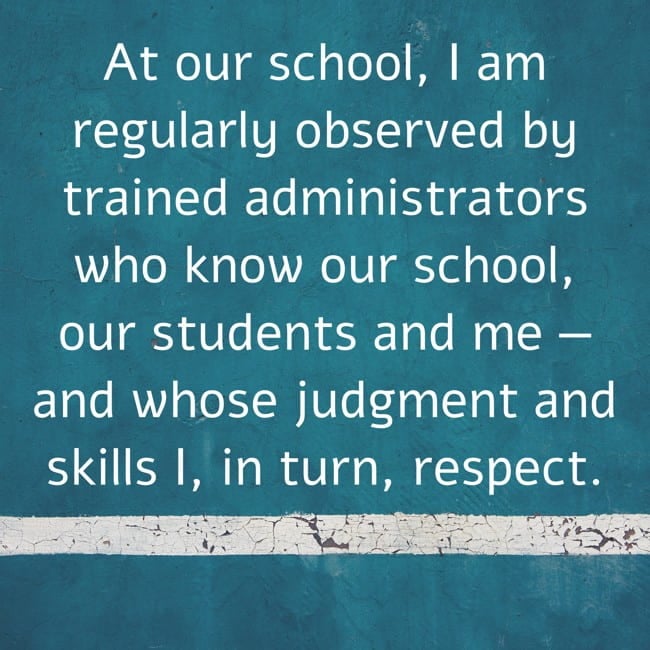As the start of the school year approaches, high schools, colleges and universities across the country are figuring out how to help young people navigate the 2024 elections during these highly polarized and contentious times.
Here’s a way we can help students become informed and active participants in our democracy, while potentially avoiding fights in classrooms and on playing fields: Provide them with free, digital access to their community’s local newspaper so they can read it on their phones.
Engaging young people in democracy — getting them to follow the news and to vote — has always been a concern for educators and has always been a challenge. Young people pay less attention to the news and participate less than older people. This was the case fifty years ago and remains the case today.
That’s why in Oneonta, New York, Hartwick College’s newly launched Institute of Public Service is offering students a free digital subscription to the local paper, The Daily Star. This new initiative has emerged from the institute’s mission to help young people become more informed about and engaged with local government and the issues affecting the community where they go to school.
Related: Interested in innovations in the field of higher education? Subscribe to our free biweekly Higher Education newsletter.
It’s no surprise that the vast majority of teens report spending a lot of time on social media, especially YouTube, TikTok, Snapchat and Instagram; a growing share say that they are on social media “almost constantly,” a recent report by the Pew Research Center shows.
Young people also say that social media is the most common way that they get news; many add that they do not actively seek out news, but are only exposed to it incidentally as part of their curated social media feeds.
Reliance on social media for information about candidates, policies and the actions of our government is a serious problem since much of the news content on social media is not the product of authentic, verified journalism. Inaccurate, misleading and conspiratorial information is common.
Moreover, the way social media algorithms work, readers with certain political leanings will increasingly be exposed only to content reflecting those leanings. This dynamic makes it hard for young people to find any common ground across partisan divides.
Providing young people with barrier-free access to a local newspaper is a concrete way for educational institutions to counter that trend and foster engaged citizenship.
This works because local politics is much less partisan than national politics, as New York Timescolumnist Ezra Klein pointed out in “Why We’re Polarized.” In most localities, we still see Democrats and Republicans working together to solve problems. The work of local government directly affects the lives of those in their communities.
Furthermore, Pew Research shows that Americans of both parties see value in local newspapers. Views about local news are not as starkly divided as opinions about the national media. As a result, local government and local news provide a good entry point to democracy for young people.
I’m heartened by new partnerships between local news outlets and academic institutions across the country, such as the one at the University of Vermont, through which the school is providing journalism students with the opportunity to write for local newspapers and get hands-on civic experience while also helping provide professional news coverage for their communities.
Related: Could colleges make voting as popular as going to football games?
By investing in local news, schools and colleges can invest both in their communities and in democracy. Due to the changing news media environment, local newspapers have been in serious decline. Over the past several decades, we have seen hundreds close down. Currently, the majority of counties in America have only one local newspaper or, even more problematically, none at all.
Without local news, it is very difficult for people and communities to know what their local elected officials are doing and to hold power to account.
Many high school and college libraries have databases that allow students to search and access stories from a range of newspapers, and these are wonderful services. But they also take time and work to access, requiring students to log in and wade through multiple portals to get to news stories. And often the content in these databases is not updated throughout the day.
Giving students subscriptions to their local newspapers enables them to simply click the app on their phones and start reading.
Moreover, research shows that, like many other democratic behaviors, including voting, reading a newspaper and following the news is a habit: Once you start doing it, you are likely to continue.
At Hartwick, we hope that providing free, easy access to our local newspaper will result in more students consuming verified, objective news and lead to more informed and thoughtful discussions on campus and in our classrooms.
We encourage other schools to do the same. Nudging even a handful of students to become lifelong newspaper readers is a way for educational institutions to transform the lives of those students while strengthening our democracy — and our local newspapers.
Laurel Elder is professor and chair of political science at Hartwick College in Oneonta, N.Y., and is co-director of the Hartwick Institute of Public Service.
This story about college students and newspapers was produced by The Hechinger Report, a nonprofit, independent news organization focused on inequality and innovation in education. Sign up for our higher education newsletter. Listen to our higher education podcast.
The post OPINION: Here’s an old-fashioned, win-win idea to get students engaged before this fall’s election appeared first on The Hechinger Report.
As the start of the school year approaches, high schools, colleges and universities across the country are figuring out how to help young people navigate the 2024 elections during these highly polarized and contentious times. Here’s a way we can help students become informed and active participants in our democracy, while potentially avoiding fights in
The post OPINION: Here’s an old-fashioned, win-win idea to get students engaged before this fall’s election appeared first on The Hechinger Report. Higher Education, Opinion, Solutions, Law and policy, literacy, teachers, Technology The Hechinger Report









